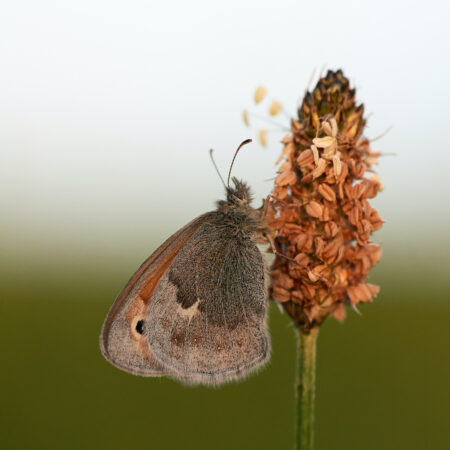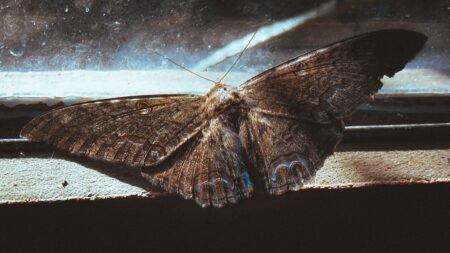The secret pollinators – facts about Moths that you may not know
The secret pollinators – facts about Moths that you may not know

Moths are a species that some people love and other people hate. They are part of the order Lepidoptera and there are 2,500 species of moths in the UK, regularly recorded by moth traps. Some moths can be seen in the day and others are mainly seen active at night. Daylight moths include the Six-spot Burnet moth and the Hummingbird Hawk-moth, both of which are often mistaken for butterflies due to their vivid colours. Other moths fly at night under the cover of darkness such as the Poplar Hawk-moth, Cinnabar, and Garden Tiger. These can still be found in the day as they rest after a night of feeding. The Privet Hawk-moth can often be spotted on garden fences where their brown exterior helps camouflage them, preventing predation.
The Butterfly Conservation Trust – Facts about Moths
The Butterfly Conservation Trust release reports on the state of Britain’s moth and butterfly populations. The last one was in 2013 and the latest one was completed on the 3rd March 2021. Unfortunately, the report reveals that the total abundance of larger moths in Britain decreased by 33% over a 50-year period between 1968-2017. This is a problem due to the fact that moths play such an important role within the ecosystem. Night-flying moths make up a large part of a bat’s diet and become a food source for other wildlife including hedgehogs, birds, frogs and insects. The decline in one species has a direct correlation to the decline in other species, breaking down the interconnected web of the ecosystem.
Secret Pollinators
Moths are often mistaken, and science has only recently discovered that they are secret pollinators using their proboscis to transport pollen. Pollen can also be collected on the moths’ body which is hairy and can easily get pollen trapped within its fibres, then it is transported from plant to plant, in the same way that bees pollinate. It has been found that some flowers such as the Greater Butterfly-orchids rely almost entirely on pollination by moths, and with their decline the likelihood of extinction for these plants is high. Moths also pollinate domesticated crops providing humans with a food source. With their decline we will inevitably lose crucial plant species.

What are we doing?
At Combe Grove we are working hard to maintain a natural and wild environment for moths and other pollinating insects by keeping areas untouched to give places to hide and aid protection. Combe Grove has calcareous soil which produces the most diverse grasslands in the UK and is incredibly important habitat for pollinators. These meadows are managed by cutting them short in the winter to allow for early flowering plants to compete with the grass, providing a nectar source early in the year. These meadows will not be cut until late/mid spring to allow for these early plants to set seed for next year.
Using eco-friendly insecticides, we ensure that there are no devastating effects to moths and other wildlife. If you would like to make your own eco-friendly insecticides take a look at our journal post on homemade insecticides.
As part of Combe Grove’s planting strategy, we plant both native and non-native species, to extend the nectar season. Tall verbena flowers provide nectar for bees and butterflies later in the season as they flower well into autumn. We also ensure that nectar is produced over the longest period by using several species that are early flowering and late flowering. Native flora provides plenty of habitat for moth species to lay their eggs.
How can you help?
Data collection is vitally important to the Butterfly Conservation and one that anyone can get involved in. By monitoring both butterflies and moths in your garden or your local area you can submit sightings through the Butterfly Conservation’s website. You can also send data collection in larger formats to your local County Moth Recorder if you wish to use harmless moth traps in your garden. At Combe Grove we have undertaken recordings within the estate and recorded a myriad of species including the Hummingbird Hawk-Moth, Ruby Tiger Moth, and the Common Plume Moth.
The next time you come to Combe Grove, keep an eye out as we would love to hear which moths you spot in the 64 acres of thriving grassland and woodland.